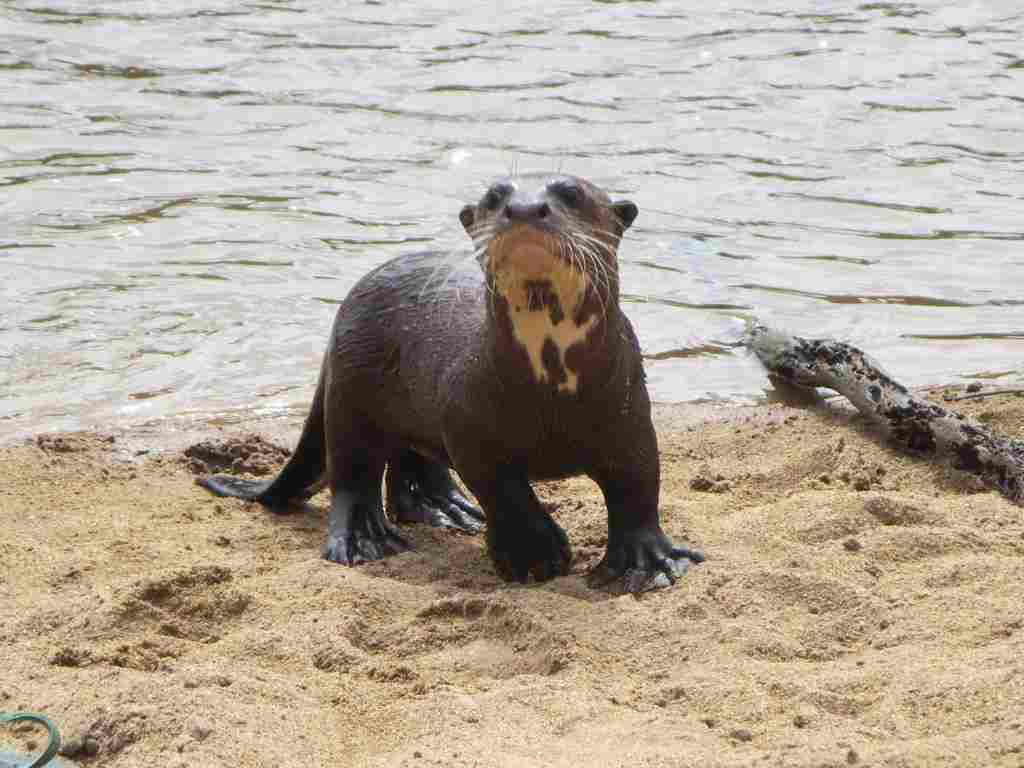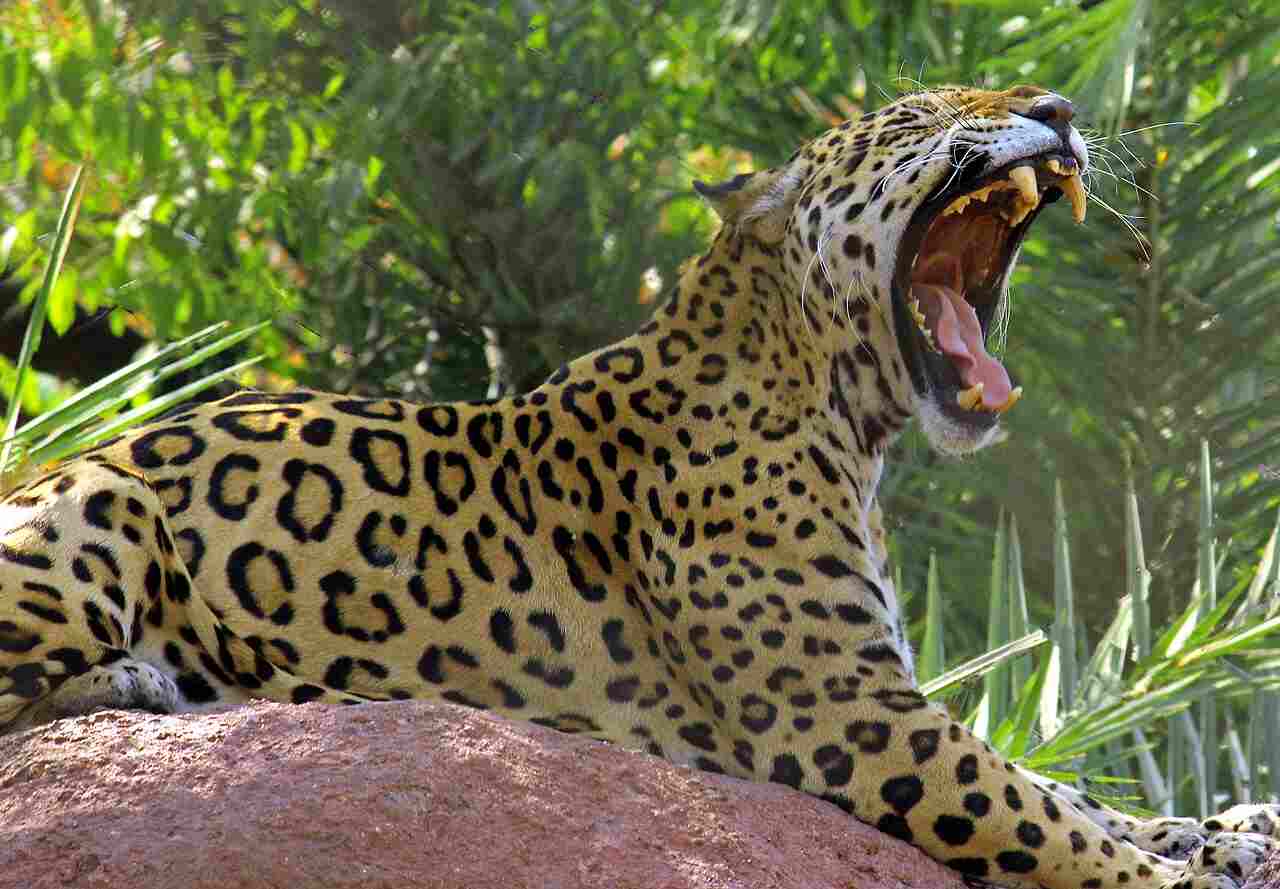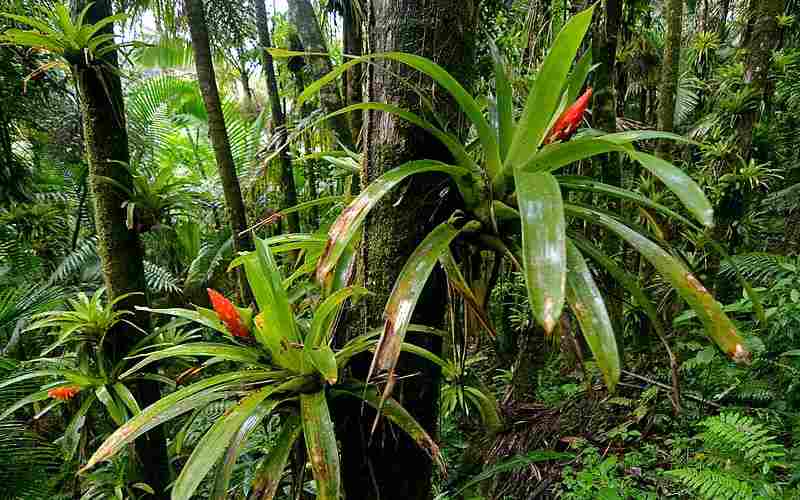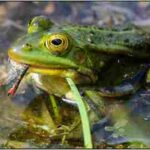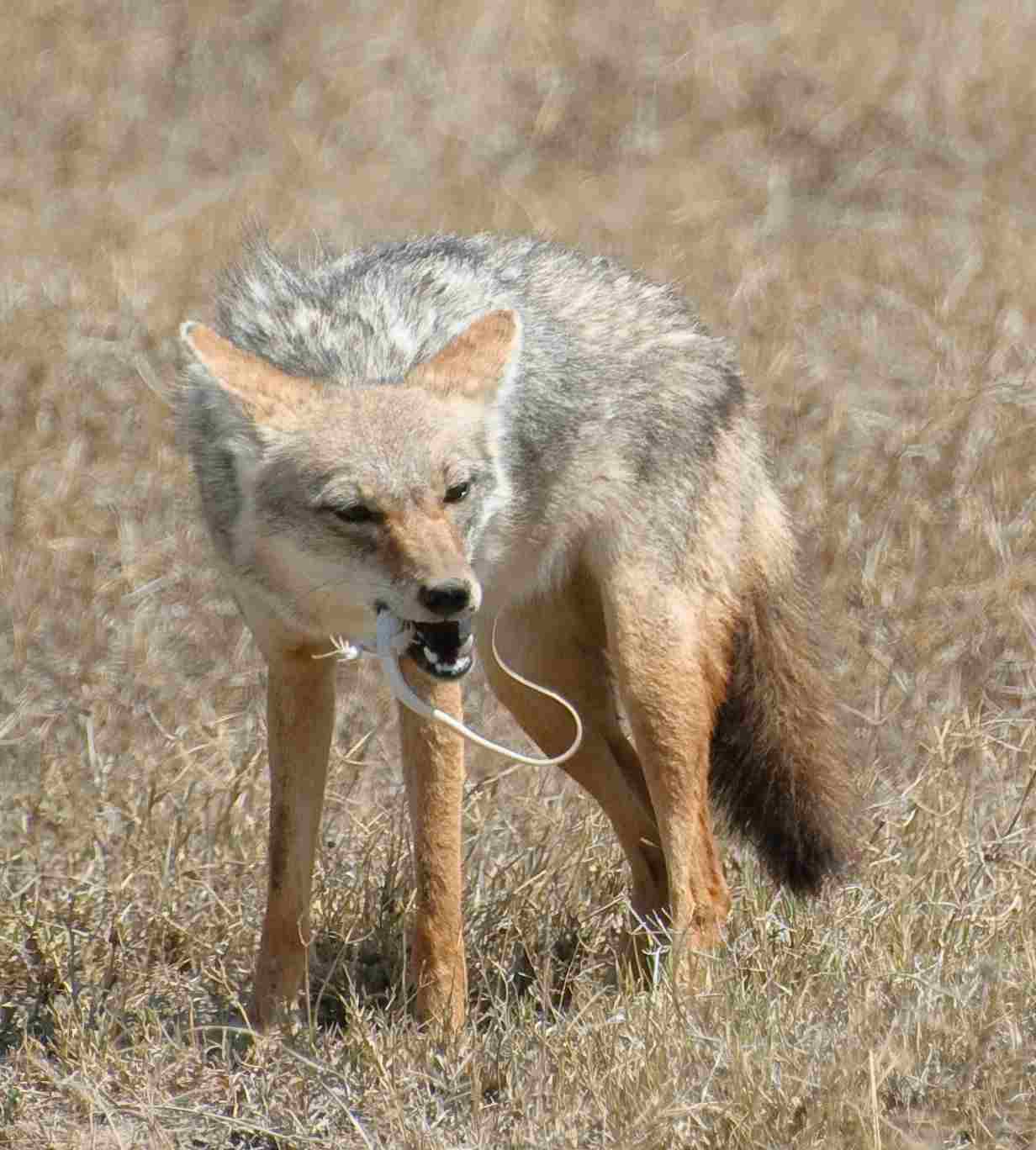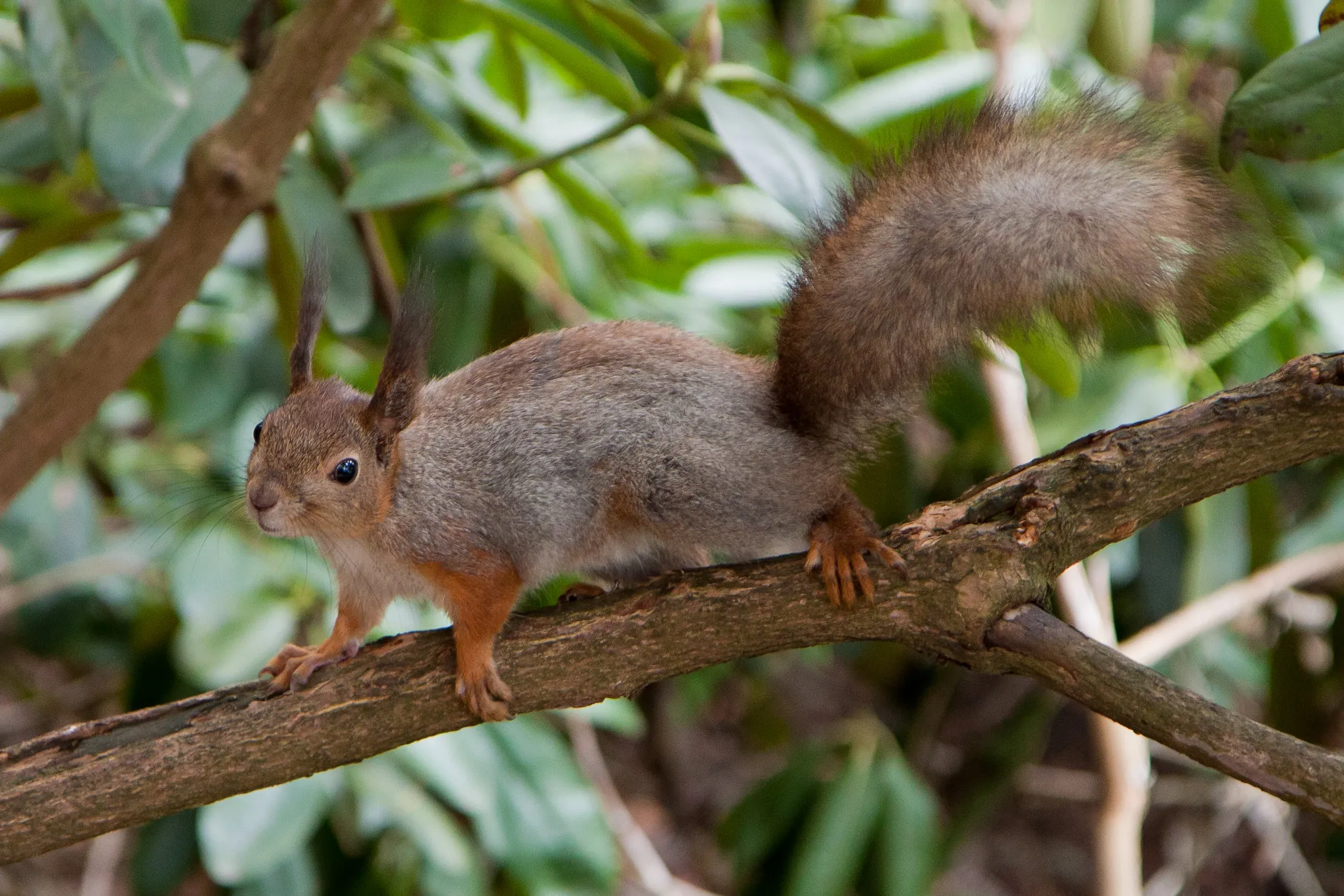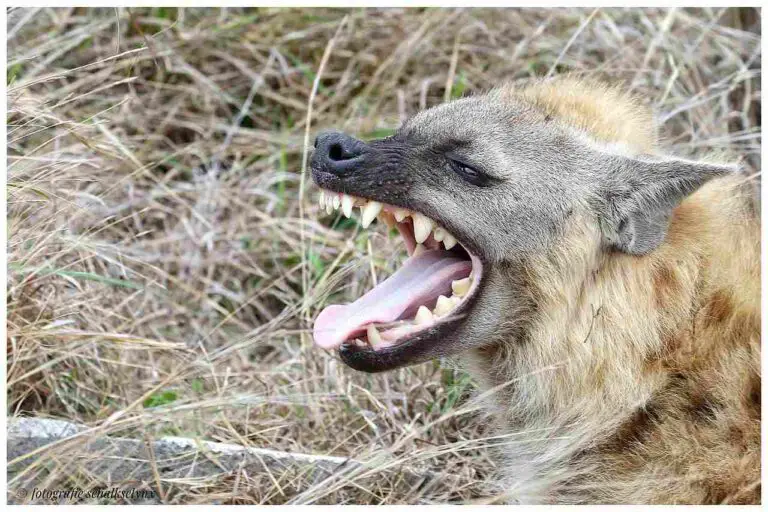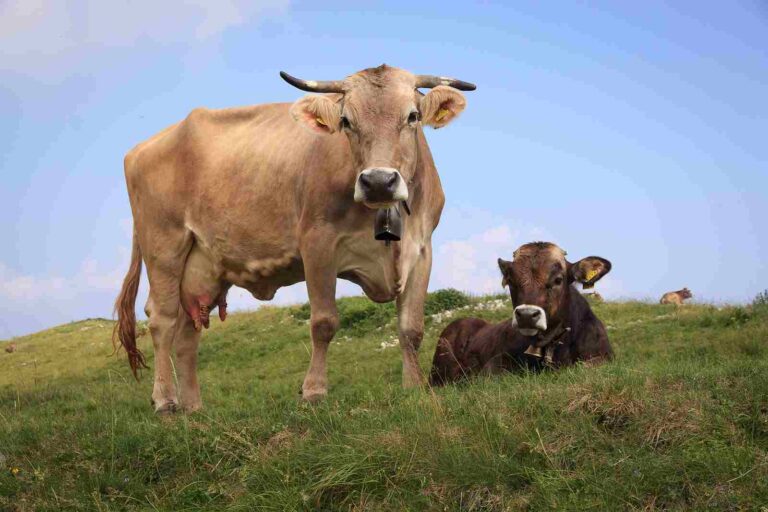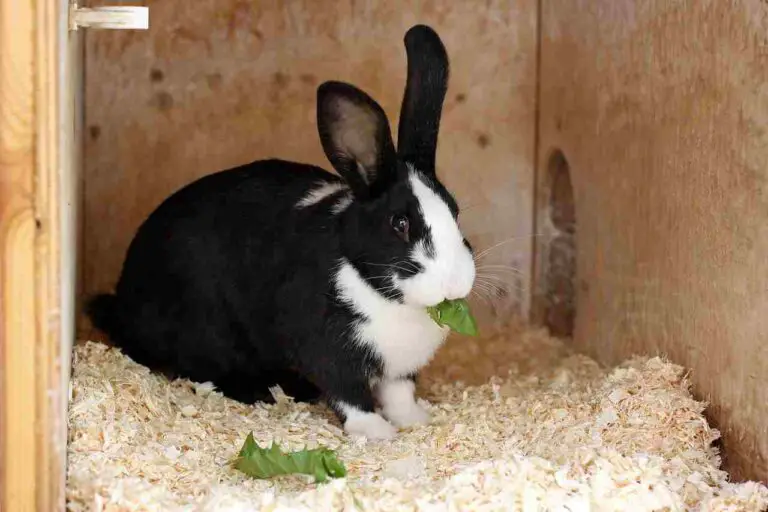17+ Consumers in the Amazon Rainforest Discussed
Consumers in the Amazon rainforest are diverse and crucial for ecosystem functioning. Primary consumers, including agoutis, macaws, and tapirs, feed on plant material, facilitating seed dispersal and maintaining plant diversity. Secondary consumers like ocelots and frogs prey on these primary consumers, regulating their populations and contributing to ecosystem balance. Tertiary consumers such as river otters and caimans further control prey populations, while quaternary consumers like anacondas and jaguars serve as apex predators, influencing the entire ecosystem’s structure and dynamics. Overall, consumers in the Amazon rainforest play essential roles in nutrient cycling, seed dispersal, and maintaining biodiversity.
Primary Consumers in the Amazon Rainforest:
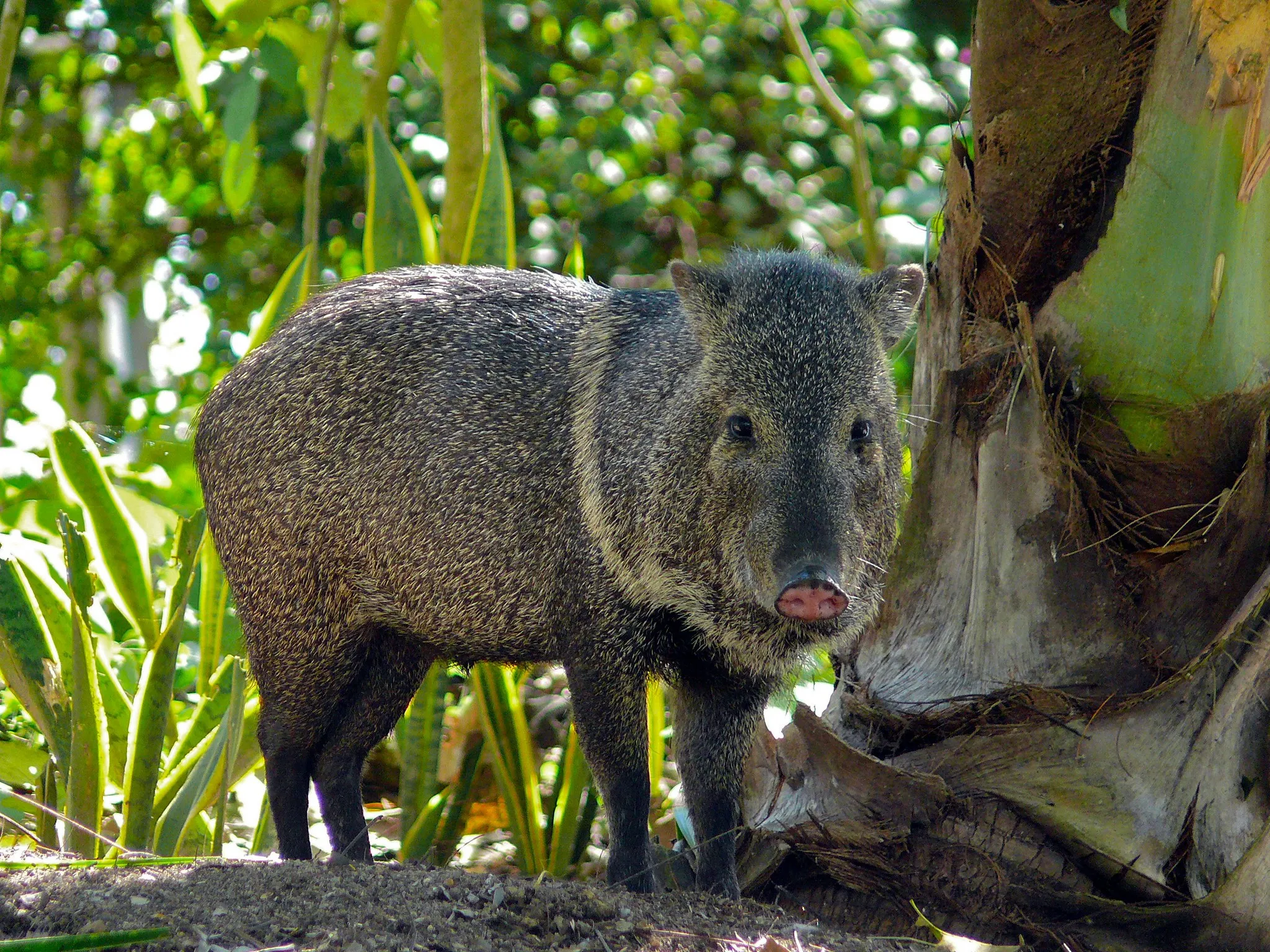
Primary consumers in the Amazon rainforest form the foundational level of its intricate food web, sustaining themselves primarily on plant matter. These consumers play a crucial role in energy transfer within the ecosystem by converting plant material into biomass that higher trophic levels can utilize.
-
Agouti: These small mammals are essential seed dispersers in the Amazon, as they hoard and bury seeds, contributing to the regeneration of plant species.
-
Macaw: As herbivorous birds, macaws feed on fruits, nuts, seeds, and flowers, playing a vital role in pollination and seed dispersal across vast distances.
-
Tapir: With their diverse diet of fruits, leaves, and small branches, tapirs help maintain the balance of plant populations while serving as prey for secondary and tertiary consumers.
-
Peccary: Peccaries are omnivorous mammals that consume fruits, roots, insects, and small vertebrates, contributing to seed dispersal and nutrient cycling in the rainforest.
-
Sloth: Sloths are folivores, primarily feeding on leaves, buds, and tender shoots. Despite their slow metabolism, they play a significant role in shaping vegetation structure through selective browsing.
-
Squirrel: Squirrels are granivores and frugivores, feeding on nuts, seeds, fruits, and occasionally insects, thereby influencing seed dispersal patterns and plant regeneration.
-
Deer: These herbivores consume a variety of plant materials, including leaves, shoots, fruits, and flowers, affecting plant growth dynamics and contributing to the overall biodiversity of the ecosystem.
Together, these primary consumers form the foundation of the Amazon rainforest’s complex food web, serving as vital links between plants and higher trophic levels. Their interactions with plant species shape the structure and function of the ecosystem, highlighting the intricate interdependence of organisms within this diverse biome.
Secondary Consumers in the Amazon Rainforest:
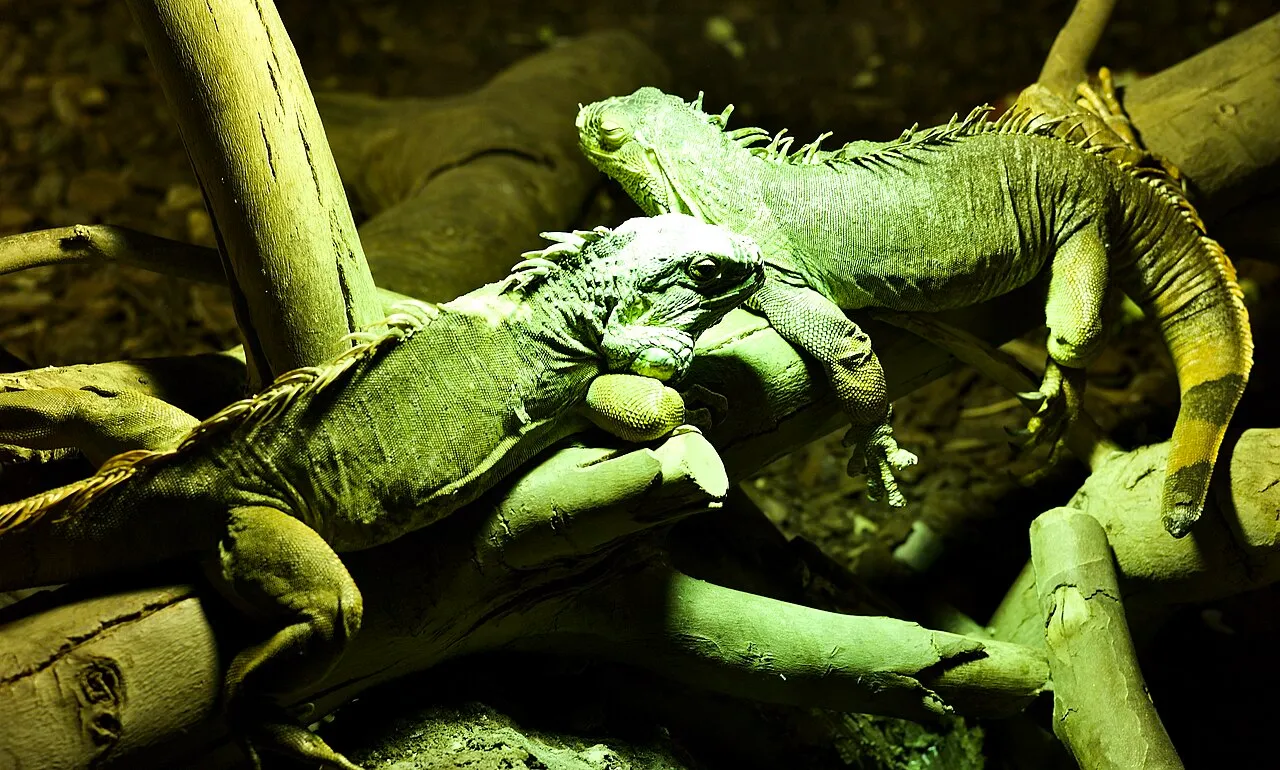
Secondary consumers in the Amazon rainforest occupy the next trophic level in the food chain, preying upon primary consumers to meet their energy needs. These carnivores, omnivores, and insectivores play a crucial role in regulating primary consumer populations and influencing ecosystem dynamics.
-
Ocelot: These small to medium-sized carnivores are skilled hunters, preying on a variety of small mammals, birds, reptiles, and insects. They help control populations of primary consumers and contribute to the overall balance of the ecosystem.
-
Frog: Amazonian frogs are both predators and prey, feeding on insects, spiders, and other small invertebrates while being consumed by larger predators. They play a vital role in controlling insect populations and serving as a food source for higher trophic levels.
-
Spider: The Amazon rainforest is home to a diverse array of spider species, many of which are predatory, feeding on insects, other arachnids, and small vertebrates. They help regulate insect populations and contribute to the overall biodiversity of the ecosystem.
-
Snakes: Various snake species inhabit the Amazon rainforest, preying on rodents, birds, amphibians, and other small animals. They play a crucial role in controlling populations of primary consumers and contribute to the functioning of the ecosystem as both predators and prey.
-
Lizards: Amazonian lizards are opportunistic predators, feeding on insects, small mammals, birds, and eggs. They help regulate insect populations and serve as prey for larger predators, contributing to the flow of energy within the ecosystem.
Secondary consumers play a vital role in maintaining the balance of the Amazon rainforest ecosystem by controlling populations of primary consumers and contributing to the flow of energy and nutrients through the food web.
Tertiary Consumers in the Amazon Rainforest:
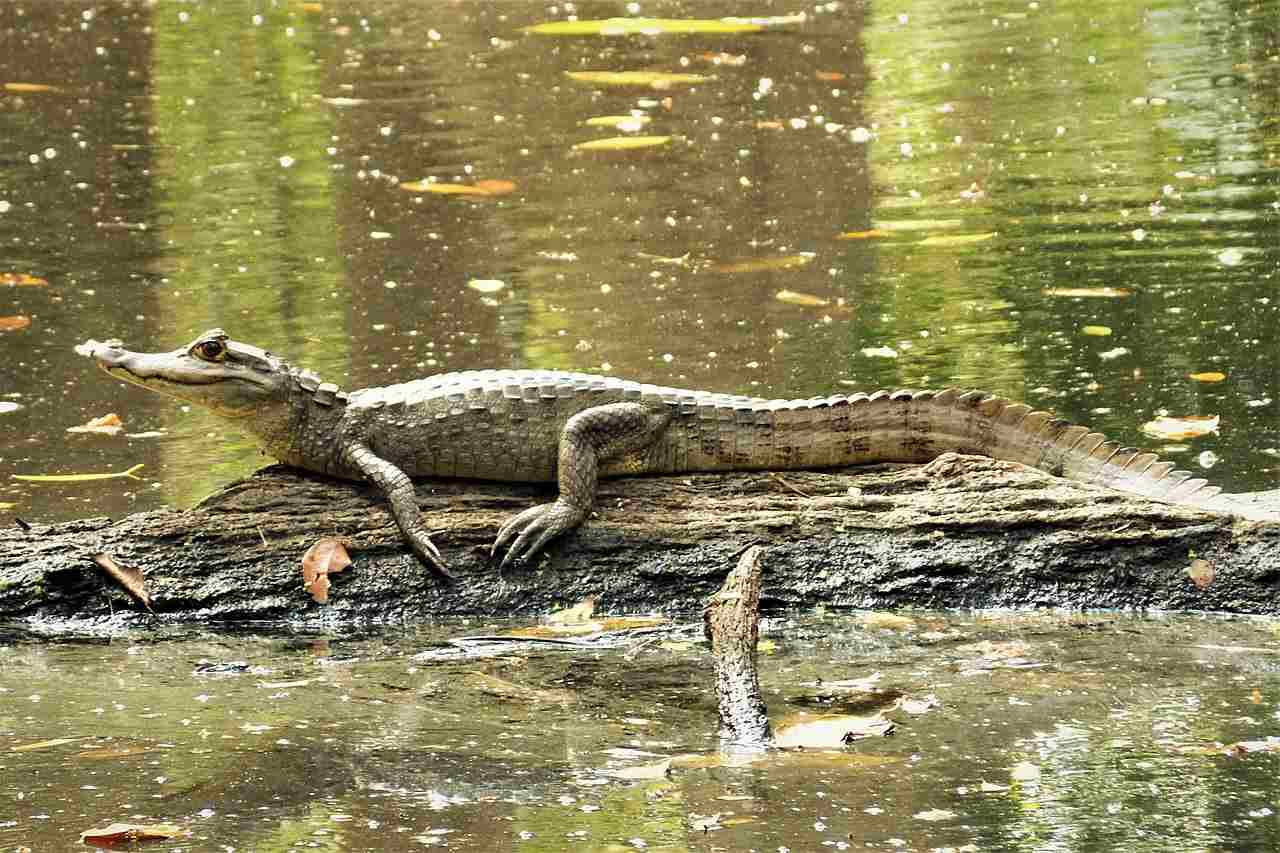
Tertiary consumers in the Amazon rainforest occupy the top levels of the food chain, preying upon secondary consumers and occasionally primary consumers. These apex predators play a crucial role in regulating lower trophic levels and shaping the structure and function of the ecosystem.
-
River Otter: These semi-aquatic mammals primarily feed on fish, crustaceans, and small mammals, serving as top predators in freshwater ecosystems within the Amazon rainforest. They help regulate fish populations and contribute to the overall balance of aquatic ecosystems.
-
Caiman: Caimans are large, carnivorous reptiles that prey on fish, amphibians, birds, and small mammals. As apex predators in aquatic habitats, they play a key role in controlling populations of lower trophic levels and shaping the structure of freshwater ecosystems.
-
Arapaima: Arapaima are massive freshwater fish that feed on smaller fish, crustaceans, and small mammals. They are apex predators in Amazonian rivers and lakes, playing a crucial role in controlling populations of prey species and maintaining ecosystem balance.
-
Boa Constrictor: Boa constrictors are large, non-venomous snakes that prey on a variety of animals, including mammals, birds, and reptiles. As top predators in terrestrial habitats, they help regulate populations of prey species and contribute to the overall biodiversity of the ecosystem.
Tertiary consumers play a critical role in the Amazon rainforest ecosystem by controlling populations of lower trophic levels and influencing ecosystem dynamics through predation and competition.
Quaternary Consumers in the Amazon Rainforest:
Quaternary consumers in the Amazon rainforest represent the highest trophic level in the food chain, preying upon tertiary consumers and occasionally other apex predators. These apex predators exert top-down control on the ecosystem, influencing species composition and ecosystem structure.
-
Anaconda: The green anaconda, one of the largest snakes in the world, preys on a variety of animals, including fish, birds, mammals, and even other reptiles. As apex predators in aquatic and semi-aquatic habitats, anacondas play a crucial role in regulating populations of prey species and shaping freshwater ecosystems.
-
Jaguar: Jaguars are iconic apex predators of the Amazon rainforest, preying on a wide range of animals, including mammals, birds, reptiles, and fish. They are top predators in terrestrial habitats, exerting significant influence on prey populations and ecosystem dynamics.
-
Harpy Eagle: Harpy eagles are powerful raptors that prey on a variety of animals, including monkeys, sloths, birds, and reptiles. As apex predators in the canopy layer of the rainforest, they play a crucial role in regulating populations of arboreal species and maintaining ecosystem balance.
Quaternary consumers exert top-down control on the Amazon rainforest ecosystem, influencing the distribution and abundance of lower trophic levels and shaping the structure and function of the entire biome.
General Characteristics of Amazon Rainforest Consumers:
-
Biodiversity: The Amazon rainforest supports an incredibly diverse array of consumers, ranging from small insects to large apex predators. This high biodiversity contributes to the resilience and stability of the ecosystem.
-
Specialization: Consumers in the Amazon rainforest often exhibit specialized feeding behaviors and adaptations that allow them to exploit specific resources within their environment. This specialization promotes niche differentiation and reduces competition among species.
-
Interconnectedness: Consumers in the Amazon rainforest are intricately interconnected through complex food webs, where energy and nutrients flow from primary producers to higher trophic levels. The interactions among consumers shape ecosystem dynamics and maintain ecological balance.
-
Adaptations: Many Amazonian consumers have evolved unique adaptations to thrive in their specific habitats and exploit available resources efficiently. These adaptations include specialized feeding structures, camouflage, and hunting strategies.
-
Role in Nutrient Cycling: Consumers play a vital role in nutrient cycling within the Amazon rainforest ecosystem. Through predation, scavenging, and decomposition, they facilitate the transfer of nutrients between trophic levels and contribute to soil fertility and ecosystem productivity.
Consumers are integral components of the Amazon rainforest ecosystem, contributing to its biodiversity, resilience, and ecological functioning. Their interactions and behaviors shape the dynamics of this complex biome, highlighting the interconnectedness of life within the world’s largest tropical rainforest.
Why Consumers are Important to the Amazon Rainforest:
-
Regulation of Prey Populations: Consumers in the Amazon rainforest, especially predators at higher trophic levels, play a crucial role in regulating populations of prey species. By controlling the abundance of primary and secondary consumers, predators help maintain ecological balance and prevent overgrazing or overexploitation of plant resources.
-
Seed Dispersal: Many primary consumers, such as agoutis and macaws, play a vital role in seed dispersal by ingesting fruits and seeds and transporting them to new locations. This process contributes to the regeneration and diversity of plant species in the rainforest, promoting ecosystem health and resilience.
-
Pollination: Some consumers, including birds and insects, serve as important pollinators for various plant species in the Amazon rainforest. By feeding on nectar and pollen and transferring them between flowers, these consumers facilitate plant reproduction and the production of fruits and seeds.
-
Nutrient Cycling: Consumers contribute to nutrient cycling in the Amazon rainforest through processes such as predation, scavenging, and decomposition. By feeding on organic matter and recycling nutrients back into the ecosystem through their waste and remains, consumers help maintain soil fertility and support the growth of plants.
-
Maintenance of Biodiversity: The presence of diverse consumers in the Amazon rainforest contributes to its overall biodiversity and ecosystem resilience. Each species plays a specific role in the food web, and the interactions among consumers help stabilize the ecosystem and prevent the dominance of any single species.
-
Ecosystem Services: Consumers provide a range of ecosystem services that benefit human societies, including ecotourism, cultural value, and regulation of diseases. The presence of iconic species like jaguars and harpy eagles attracts tourists and supports local economies, while the regulation of prey populations helps prevent outbreaks of diseases transmitted by wildlife.
In summary, consumers are integral components of the Amazon rainforest ecosystem, contributing to its biodiversity, functioning, and resilience. Understanding the role of consumers in this complex biome is essential for conservation efforts aimed at preserving the world’s largest tropical rainforest and the myriad species that call it home.
*Summary
-
Primary Consumers:
-
Agouti, macaw, tapir, peccary, sloth, squirrel, deer.
-
Feed on plant matter, essential for seed dispersal and ecosystem regeneration.
-
-
Secondary Consumers:
-
Ocelot, frog, spider, snakes, lizards.
-
Prey on primary consumers, regulate their populations, and contribute to biodiversity.
-
-
Tertiary Consumers:
-
River otter, caiman, arapaima, boa constrictor.
-
Predators at the top of the food chain, control secondary consumer populations.
-
-
Quaternary Consumers:
-
Anaconda, jaguar, harpy eagle.
-
Apex predators preying on tertiary consumers, influencing ecosystem structure.
-
-
General Characteristics of Consumers:
-
High biodiversity, specialization, interconnectedness, adaptations, and role in nutrient cycling.
-
-
Importance of Consumers:
-
Regulation of prey populations, seed dispersal, pollination, nutrient cycling, maintenance of biodiversity, and provision of ecosystem services.
-
| Consumer Group | Key Members |
| Primary Consumers |
Agouti, macaw, tapir, peccary, sloth, squirrel, deer
|
| Secondary Consumers |
Ocelot, frog, spider, snakes, lizards
|
| Tertiary Consumers |
River otter, caiman, arapaima, boa constrictor
|
| Quaternary Consumers |
Anaconda, jaguar, harpy eagle
|
| General Characteristics of Consumers |
High biodiversity, specialization, interconnectedness, adaptations, and role in nutrient cycling.
|
| Importance of Consumers |
Regulation of prey populations, seed dispersal, pollination, nutrient cycling, maintenance of biodiversity, and provision of ecosystem services.
|
